Best Practices: Launching and Managing a SaaS Referral Program

If you're reading this guide, chances are you're considering launching a referral program for your SaaS company.
After all, what could be more effective than turning your satisfied customers into raving fans who actively promote your product to their friends and colleagues?
Referrals are 4x likelier to result in a purchase than any other marketing channel, and 5 in 10 customers buy products based on recommendations.
Today's companies have no shortage of options for setting up a referral program. But with so many choices, it's easy to get overwhelmed and make many mistakes along the way.
To save you the headache, we've compiled a list of the seven best practices for launching and managing a successful SaaS referral program. We'll also share some examples of companies that are doing it right.
Table of contents
What Does a SaaS Referral Program Look Like?
Think of your referral program as an extension of your brand. As such, it should reflect your company's values and mission.
A great referral program is built on a foundation of trust. It should be clear, transparent, and easy to understand. There should be no fine print or catches.
And most importantly, it should be fair to both the referrer and the referee.
The program should also be easy to use. The process of referring a friend should be straightforward. And it should be easy for the referee to redeem their reward.
Some other elements to consider include:
A Solid Compensation Structure
Your compensation structure will make or break your program. It's crucial to find the right balance between making the program attractive enough to encourage participation and ensuring that it doesn't waste your company's profits.
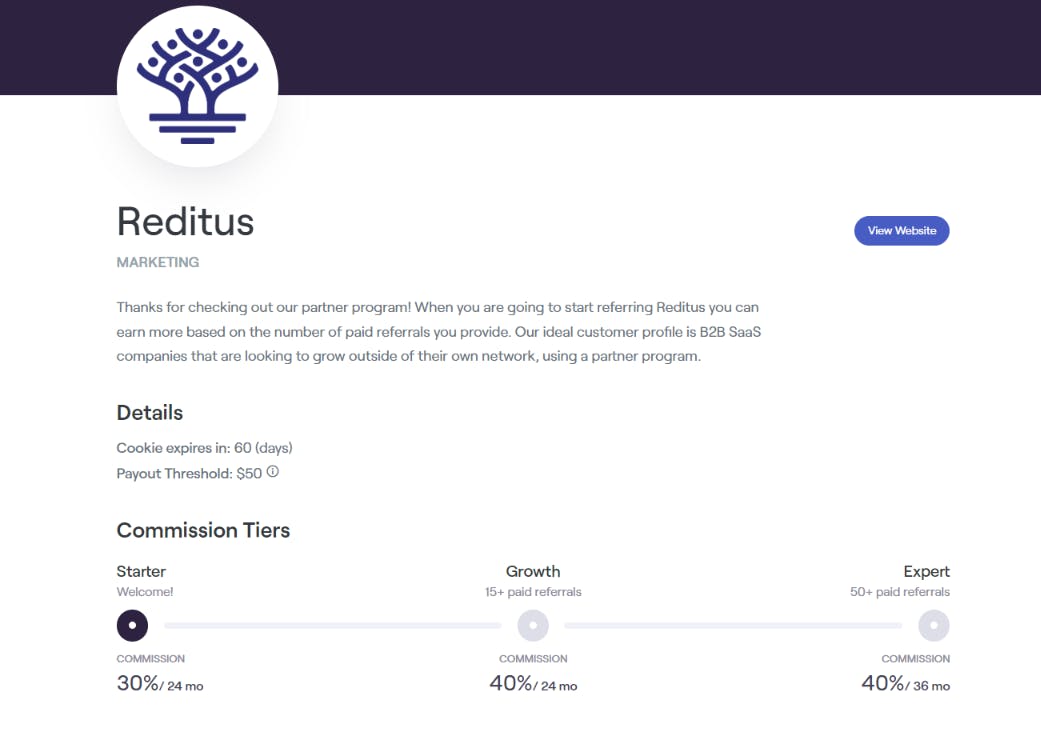
Moreover, your compensation structure should be aligned with your overall business goals. For example, if your goal is to acquire new customers, you might offer a higher reward for referrals that result in a free trial sign-up.
On the other hand, if your goal is to increase product usage and engagement, you might offer a lower monetary reward and instead focus on giving users access to exclusive content or features.
Ultimately, there is no one-size-fits-all solution. It's essential to experiment and find what works best for your business.
The Right Referral Partners
A referral partner is any individual or organization that helps you promote your referral program.
Some examples of referral partners include:
- Bloggers and influencers
- Partner companies
- Customer advocacy groups
- User groups and forums
And, of course, current users and customers.
When choosing referral partners, it's essential to consider compatibility and reach.
First, the partner should be a good fit for your brand. Their values should align with yours, and their audience should be relevant to your target market.
Second, the partner should have a large and engaged audience. There's no point in working with a partner who doesn't have the reach to make an impact.
It's also important to remember that a referral partnership is a two-way street. Both parties should benefit from the arrangement. Make sure you have something of value to offer your partners in return for their help.
That could be anything from joint marketing initiatives to exclusive access to content or features.
A Primary Referring Strategy
Although your program can rely on multiple referring strategies, it's crucial to have a primary one. This will be the strategy you focus most of your efforts on.
For instance, if you're launching a program that relies heavily on social media, then make sure that your social media platforms are up and running before you launch your program. This way, you can focus on promoting your referral program through these channels effectively from the start.
Consider your target audience if you're unsure which referring strategy to focus on. Which platforms do they use most often? Where are they most active? Once you have a better idea of where your target audience hangs out, you can focus your efforts on these platforms.
Developing a referral marketing funnel can help you track and measure the success of your referral program at each stage, from awareness to purchase.
Access to a Referral Marketplace
Referral marketplaces connect companies with bloggers and influencers willing to promote their products or services.
This type of marketplace usually has a vetting process to ensure that only high-quality partners are accepted. This helps ensure that the companies listed on the marketplace only work with relevant and reputable bloggers and influencers.
For instance, Reditus' marketplace provides companies and partners with a way to connect and collaborate on referral marketing campaigns. This makes it easier for companies to find the right partners and run successful referral programs.
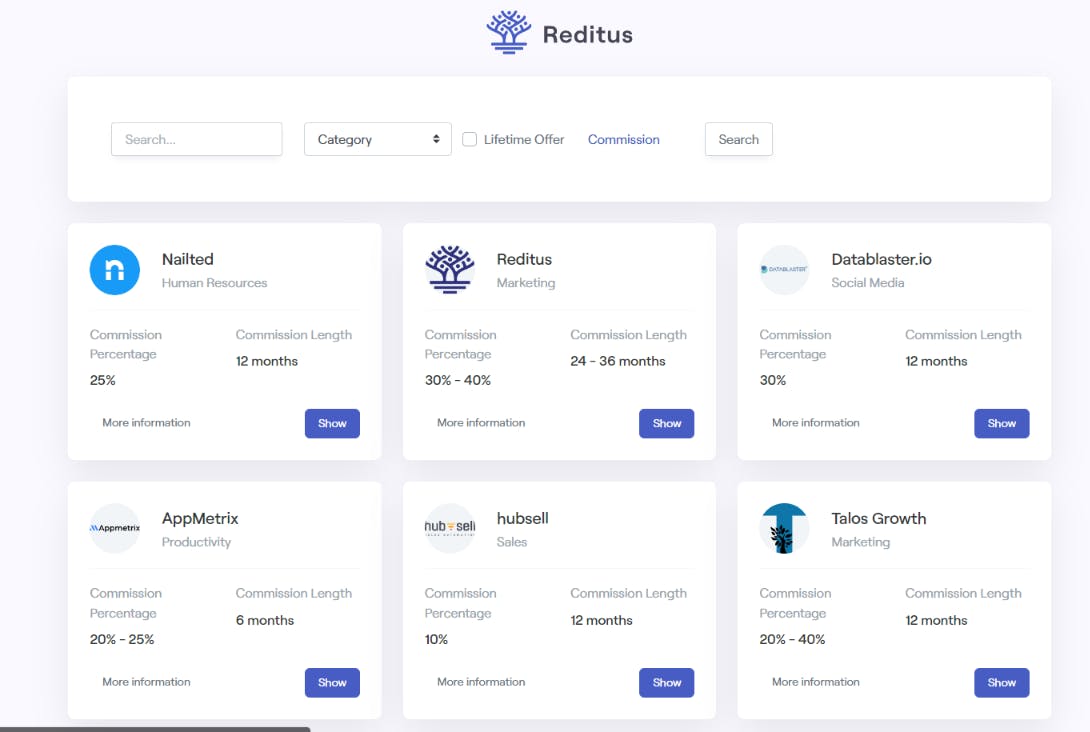
Even though marketplaces aren't the only way to find referral partners, they can be a valuable resource, particularly for small businesses and startups.
RMS (Referral Management System)
Successful referral programs involve many moving parts, from tracking links to payments. Without a solid system, managing all of these elements can be challenging.
A referral management system (RMS) is a software solution that helps companies manage all aspects of their referral programs in one place. This includes everything from tracking links and conversion rates to payouts and fraud prevention.
An RMS can be a valuable tool for streamlining the referral process and ensuring that all program elements run smoothly.
For instance, Reditus' RMS includes a suite of features that helps companies launch, manage, and grow their referral programs. These features include link tracking, referral management, payouts, fraud prevention, and more.
What's more, our RMS is fully customizable, so you can tailor it to fit the specific needs of your business.
Why Do You Need a Solid Referral Program Process?
The benefits of implementing a referral program are vast and varied. Referral programs can help you increase brand awareness, drive traffic to your website, and boost sales.
Some of the more significant benefits include:
- Higher LTV: compared to other marketing channels, customers acquired through referral programs have a higher Lifetime Value (LTV). Referred customers are 16% more valuable than non-referred customers, on average.
- Increased retention: referred customers are 37% likelier to stick with a given company, and 8 in 10 users engage with brands with referral programs.
- Decreased churn: non-referred customers have 82% higher churn than referred users.
- More profits: referral marketing can increase your earnings by at least 16%, according to Harvard Business Review.
- More exposure: U.S. consumers averagely promote brands 60 times per week. If you can tap into this promotional power, you can significantly increase your brand's exposure.
In the end, referral programs offer several benefits to help you grow your SaaS. However, these programs only work if they're well-designed and well-executed.
This is why it's so important to have a solid referral program strategy before launching your program. By taking the time to develop a comprehensive approach, you can ensure that your referral program is successful and that it meets your business's specific needs.
Elements of a Solid Referral Program Management Process
Launching and managing an effective referral program depends on many factors. From developing the right incentives to promoting your program, there are some elements that you should keep in mind.
Here's what most successful referral programs have in common:
Standardized Referral Marketing Operations
Standardization precedes automation. When you have a standardized process, it becomes easier to automate the referral marketing operations. This is because you don't have to worry about inconsistencies or errors that can occur when different people are managing the program.
Common processes to standardize include:
- Referral recruitment: how you recruit people to participate in your referral program
- Referral tracking: how you track referrals throughout the customer journey
- Payment processing: how you process referral payments
- Incentives: how you structure referral bonuses and rewards
- Fraud prevention: how you prevent fraud and abuse of the program
You might also want to consider standardizing other aspects of your referral program, such as the sign-up process and the referral link. By streamlining these processes, you can make it easier for customers to participate in your program and increase the likelihood of success.
Data Centralization
In addition to standardizing your mission-critical processes, centralizing your data can simplify program management. When all your referral data is stored in one place, it's easier to track progress and identify areas for improvement.
The concept of a single source of truth is fundamental regarding referral data. This is because referrals often span multiple channels and touchpoints. As a result, they can be difficult to track if you don't have a centralized system in place.
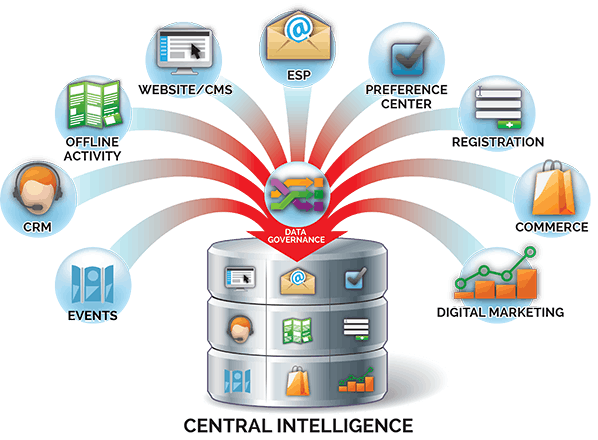
A central data repository can help you keep track of all your referral data, including:
- Conversions: how many referred customers convert into paying customers
- Payouts: how much you've paid out in referral bonuses and rewards
- Program costs: how much you're spending to run the program
- Referred customers: how much revenue and profit your referred customers generate
For instance, you can use a central data platform to track your referral program's progress in real-time instead of relying on manual reports or data exports. This way, you can quickly identify and address any issues that arise.
A few companies might argue that they don't need to centralize their data because they only have a few referral partners. However, even if you only have a few partners, centralizing your data can make tracking progress and managing the program easier.
You can start by centralizing data from your most crucial referral partners. From there, you can expand the scope of your data platform to include other partners as your program grows.
Platforms like Rediuts make it easy to centralize your referral data. With Reditus, you can track conversions, payouts, and program costs in one place, making it simpler to manage your referral program at scale.
Process Automation
Automation is no longer a competitive advantage but a necessity. An almost classic study by HBR reveals that companies can automate roughly 3 out of 10 activities. But that study was published in 2015, and since then, the pace of automation has only accelerated.
The good news is that standardization gives you a head start on automation. You can rely on software to automate repetitive tasks, such as emailing referral links to customers or sending payments to referral partners.
In addition to automating your processes, you can also use technology to automate your marketing and outreach efforts. For example, you can use a platform like Rediuts to automatically share referral links on social media or email referrals to customers on your behalf.
By automating your outreach efforts, you can free up time for your team to focus on more strategic tasks, such as developing new referral partners or improving the customer experience.
Analytics
No process is perfect, and no referral program is immune to churn. That's why it's essential to regularly track the performance of your referral program and identify areas for improvement.
Fortunately, data centralization and process automation make it easier to track the performance of your referral program. A central data platform can quickly generate reports on conversion rates, payouts, and program costs.
You can also use analytics to track the customer lifetime value (CLV) of your referred customers. By understanding the CLV of your referred customers, you can make more informed decisions about how much to spend on referral bonuses and rewards.
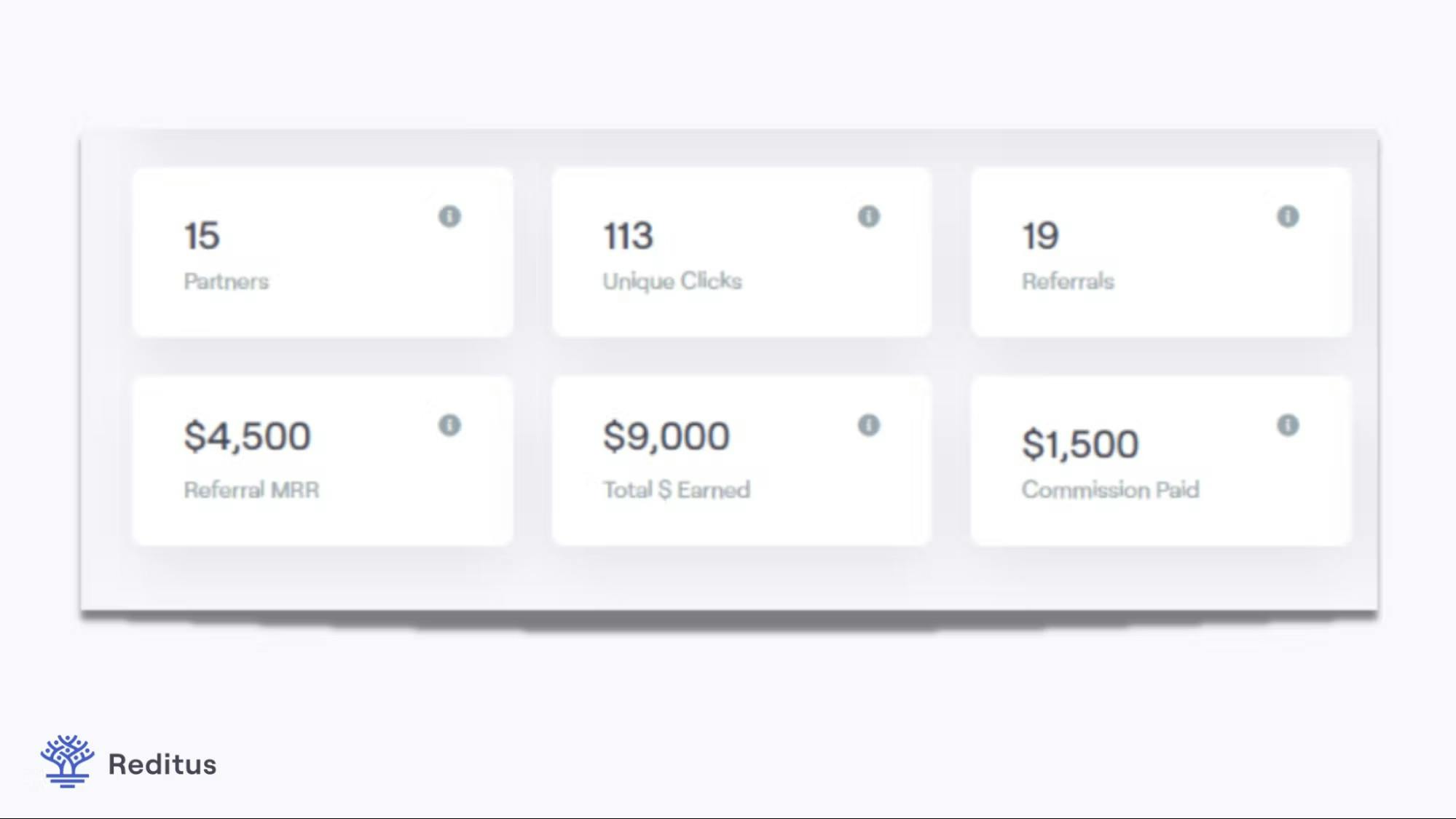
In addition to tracking the performance of your referral program, you can also use analytics to segment your customer base. For example, you can segment customers by:
- Lifetime value: high-value customers vs. low-value customers
- Churn rate: customers who churn vs. customers who stick around
- Referral activity: customers who refer vs. customers who don't
By segmenting your customer base, you can tailor your referral program to the needs of each group. For example, you might offer different referral bonuses to high-value customers than low-value customers.
Or, you might offer referral discounts to customers at risk of churning.
Understand Your Economics
In traditional marketing, it's often difficult to attribute sales to specific marketing channels. That's because customers are bombarded with marketing messages from all sides, and it's hard to know which message finally convinced them to purchase.
Referral programs are different. With referral programs, you can attribute sales to specific customers because you know which customer referred each new customer.
This attribution data is valuable because it allows you to calculate the customer lifetime value (CLV) of your referred customers. And once you know the CLV of your referred customers, you can calculate the unit economics of your referral program.
The unit economics of a referral program are simple:
- Cost per acquisition (CPA) = program costs / number of referred customers
- Customer lifetime value (CLV) = revenue from referred customers - CPA
If the CLV of your referred customers is greater than your CPA, then your referral program is profitable. If the CLV of your referred customers is less than your CPA, then your referral program is losing money.
To ensure that your referral program is profitable, you must track your CPA and CLV regularly. You can use a central data platform to generate reports on your CPA and CLV quickly.
By tracking your CPA and CLV, you can make sure your referral program is profitable and adjust your program accordingly.
The Right Tech Stack
Ultimately, it all comes down to using the right technology. Without it, you'll never be able to launch and manage a successful referral program.
Look for a platform that bridges the gap between performance and process. A platform that allows you to track conversions, payouts, and program costs. And a platform that automates repetitive tasks, such as email notifications and referral links.
The right platform will make launching and managing a successful referral program easy. And it will give you the insights you need to improve your program over time continuously.
For instance, your chosen platform must provide you with an all-in-one solution that:
- Allows you to track conversions, payouts, and program costs
- Generates reports on referral activity
- Protects against fraud
- Calculates the unit economics of your referral program
- Provides a way to launch and manage referral campaigns in one place
Otherwise, you'll likely end up with a referral program that's difficult to manage and not very effective.
Referral Marketing FAQs
How do I create a SaaS referral program?
Creating a successful referral program for your SaaS business can significantly grow your customer base and increase revenues. Here are a few tips for creating an effective referral program for your SaaS business:
- Define Your Program Goals: Before launching a referral program, you must clearly understand what you’re trying to achieve. Are you looking to increase customer engagement, generate more leads, or boost sales?
- Choose Your Referral Reward: Once you know what you’re trying to accomplish with your referral program, it’s time to decide what reward you’ll offer your customers. Will it be a discount, a free product, or something else?
- Promote the Program: Make sure your customers know about your referral program by promoting it on your website, social media, email, etc.
- Track Results: One of the most important aspects of a successful referral program is tracking the results. This will help you identify what’s working and what’s not, so you can make adjustments as needed.
By following these tips, you can create an effective referral program for your SaaS business that will help you grow and increase your customer base.
What is the best way to promote a referral program?
The best way to promote a referral program is to utilize multiple channels to reach potential customers. Social media, email marketing, and word-of-mouth are all powerful tools to help spread the word.
Additionally, offering incentives or discounts can also be effective in encouraging customers to refer others to your program.
Finally, provide clear and concise instructions on how to refer customers and how they can take advantage of the program.
What are two 2 methods of tracking referrals?
Two methods of tracking referrals are using unique tracking links and tracking codes.
Unique tracking links allow you to track referrals from specific sources, such as email campaigns or social media posts.
Tracking codes are another method of tracking referrals and will enable you to track referrals from more general sources, such as organic search traffic.
How Reditus Can Help You Improve Your Referral Program Process
You might wonder whether Reditus is the right referral management system for your organization.
To help you make a more informed decision, why don't we look closely at how Reditus can improve your referral program?
Let's start with a fundamental question.
What Is Reditus?
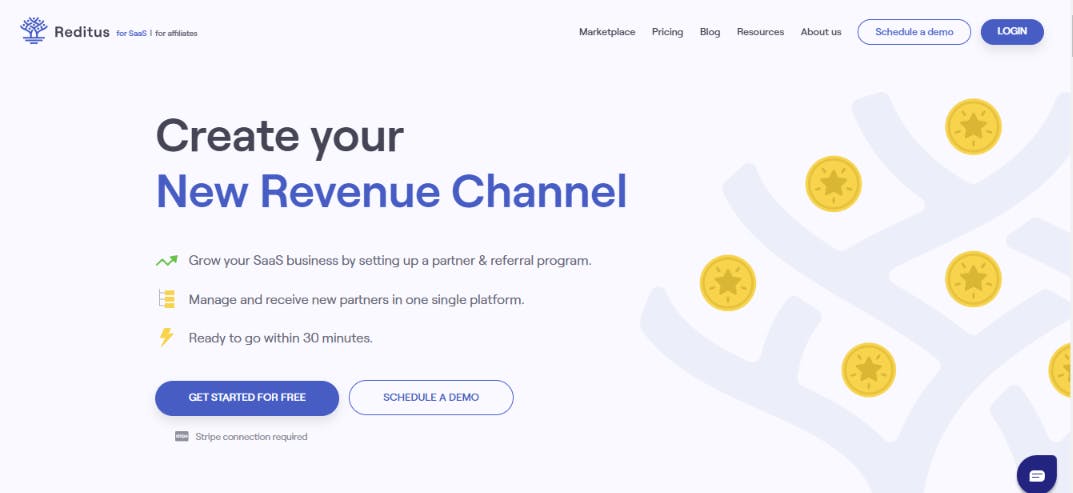
Reditus is a cloud-based referral management system that helps businesses launch and manage successful referral programs. It's your all-in-one solution for referral program success, with features that include:
- A referral portal: Give your advocates a central location to view your referral program details, track their progress, and claim rewards.
- Automatic tracking: Know exactly how many leads each advocate generates and which ones convert into customers.
- Advanced reporting: Gain insights into your referral program's performance with detailed reports on leads, conversions, and more.
- Fraud detection: Keep your referral program safe from fraudsters with our advanced fraud detection system.
- Payouts: automate and streamline referral program payouts with Reditus.
Why Does Reditus Make Sense for Referral Marketing?
Reditus helps you streamline your referral program management, making launching and running a successful referral program easier.
Reditus also helps you recruit new partners on autopilot through a proprietary referral marketplace.
Creating a new revenue channel has never been easier.
Instead of relying on in-house referral program experts, Reditus gives you everything you need to launch and manage a successful referral program, without the hassle.
As Reditus user Aaron Mirck says: "With Reditus, software companies can build a thriving partner channel that delivers ROI from day 1."
In the end, Reditus is the simplest way to launch and manage a referral program that generates new leads, customers, and revenue.
To see for yourself, why don't you create a free account today? It's fast, easy, and obligation-free.

